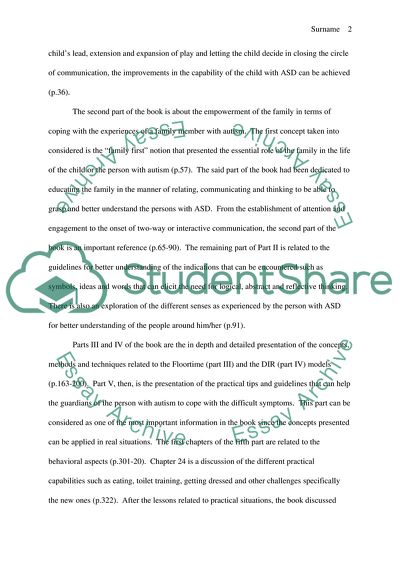Engaging Autism by Stanley I. Greenspan and Serena Wieder Book Report/Review. https://studentshare.org/medical-science/1740332-engaging-autism-by-stanley-i-greenspan-and-serena-wieder
Engaging Autism by Stanley I. Greenspan and Serena Wieder Book Report/Review. https://studentshare.org/medical-science/1740332-engaging-autism-by-stanley-i-greenspan-and-serena-wieder.


